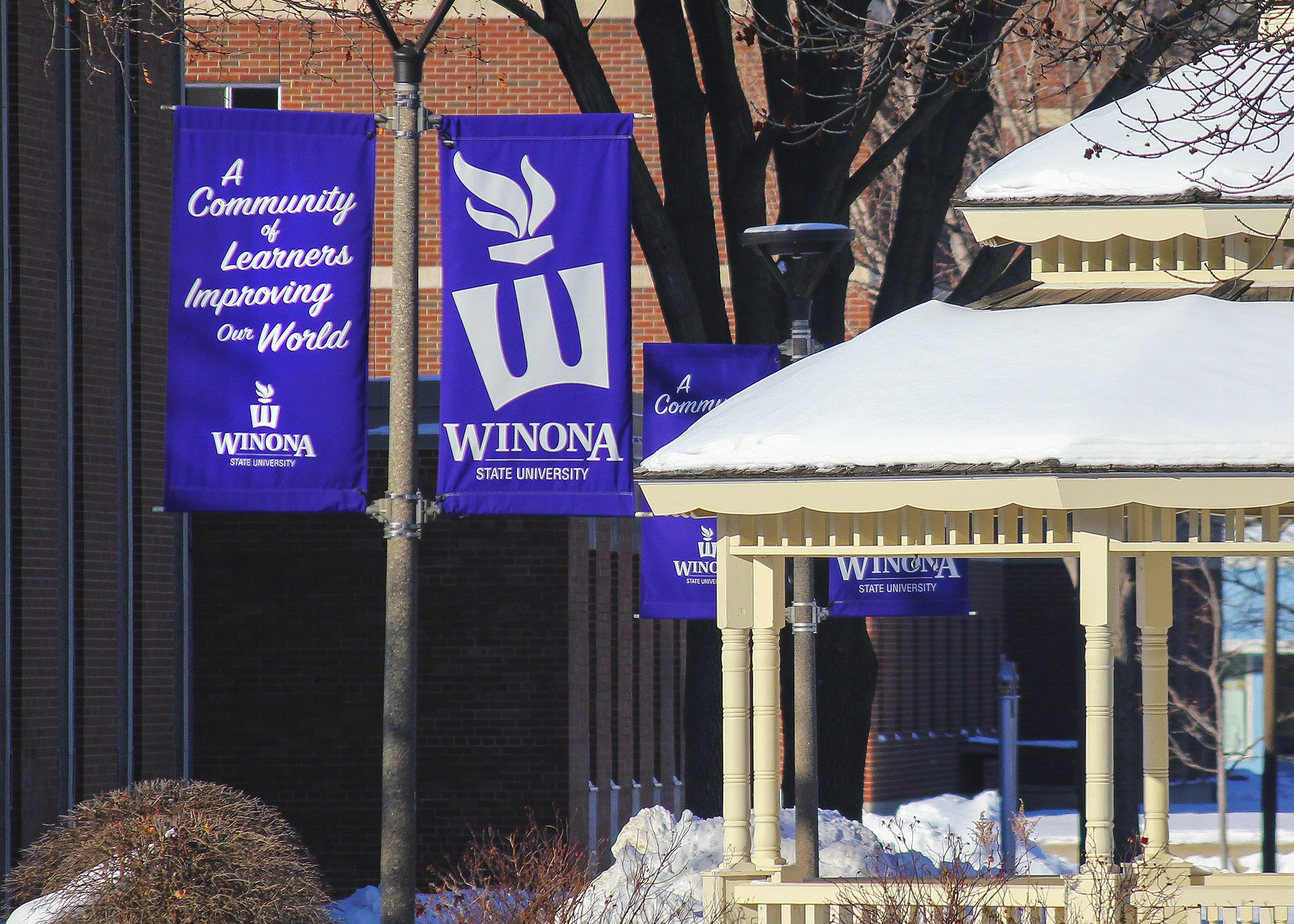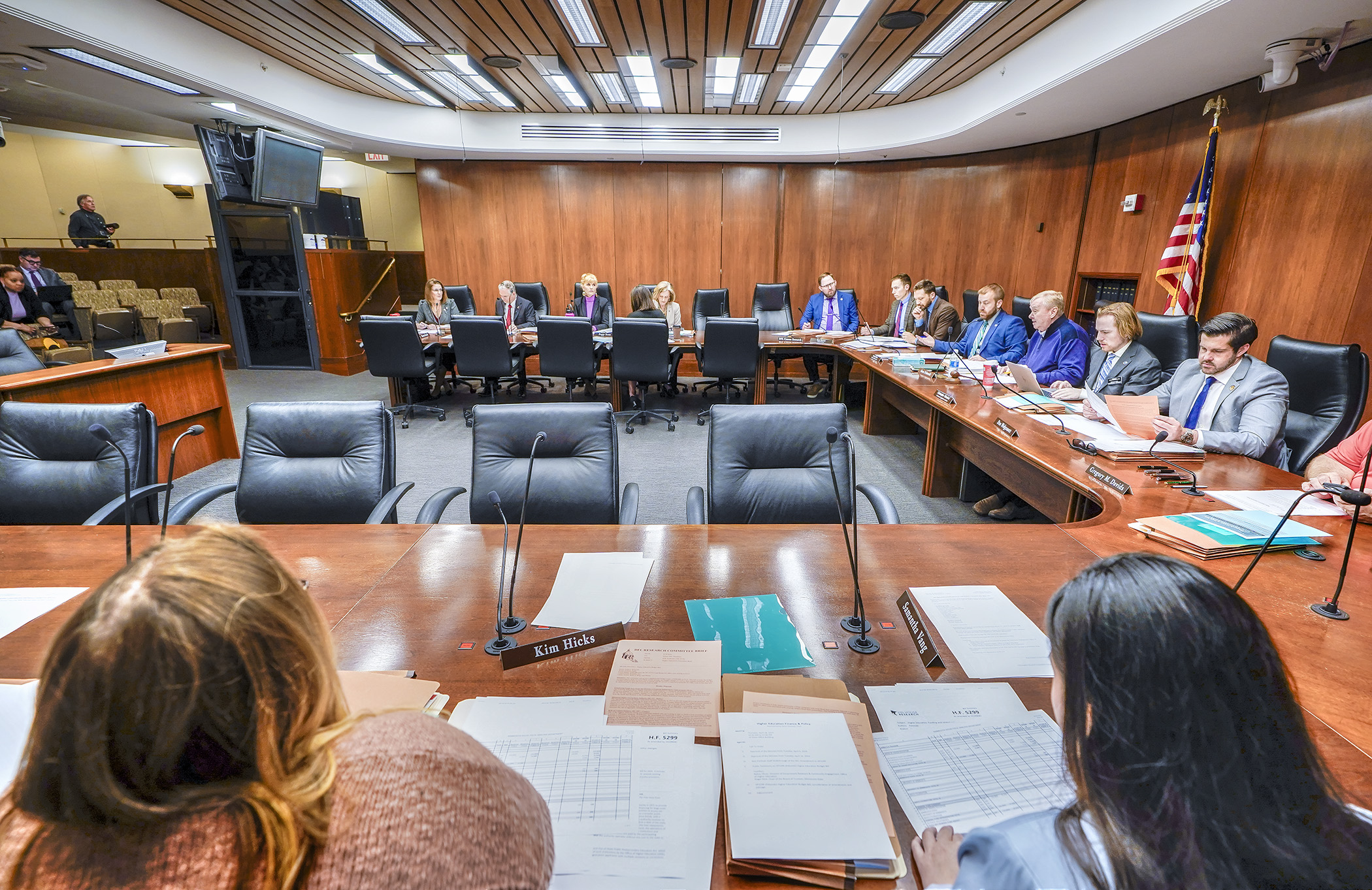Panel approves higher education finance bill with help for students who’ve experienced foster care

It’s been a pretty quiet session in the House Higher Education Finance and Policy Committee, but there were a few days of tumult.
The crux of the conflict was that a relatively new scholarship program for students who have been in foster care had proven so popular that its biennial appropriation was just about spent.
So, with a relatively modest spending target of $500,000 for the current biennium, some creativity would be required to keep the scholarships available.
A possible solution can be found in the committee’s supplemental budget bill, which would transfer $5 million from the North Star Promise scholarship program that makes tuition free for some students at Minnesota’s public colleges and universities to the cash-strapped Fostering Independence grant program.
That’s one of the key elements of HF5299, sponsored by the committee chair, Rep. Gene Pelowski, Jr. (DFL-Winona). Replaced with a delete-all amendment, amended again, further amended and debated Thursday, it was approved by the committee on a voice vote and is on its way to the House Ways and Means Committee.
“This committee did its work by budget,” Pelowski said. “And I can’t emphasize enough the lost art of budget work in this body. You don’t hear bills; you hear budgets. And when you thoroughly understand your budgets, you cherry-pick those bills that address the needs of the budgets.”
 The House Higher Education Finance and Policy Committee listens to nonpartisan staff walk-through the delete-all amendment to the higher education supplemental budget bill. (Photo by Andrew VonBank)
The House Higher Education Finance and Policy Committee listens to nonpartisan staff walk-through the delete-all amendment to the higher education supplemental budget bill. (Photo by Andrew VonBank)As for that $500,000 spending target for fiscal year 2025, it’s going entirely to the Minnesota State system of colleges and universities to participate in the “Kids on Campus” initiative in partnership with the federally funded Head Start child care and early education program.
“I’ve very disappointed to see the committee spending our target on this,” said Rep. Kristin Robbins (R-Maple Grove). “Campuses clearly have already formed partnerships with Head Start. They have the ability to do it. They have the freedom to do it. And to spend our target on creating another level of bureaucracy when there are so many needs out there, I’m very disappointed.”
“It’s one of the reasons that this committee needs to be linked up with [the House] Capital Investment [Committee],” Pelowski replied. “When we’re looking at new buildings being built or old buildings being renovated, if there’s the possibility of a day care center, that discussion should take place. If it isn’t being pushed by the campus, it should be pushed by us. For that is a critical component now of higher education.”
The bill would also tweak some deadlines in a state grant for research on amyotrophic lateral sclerosis (ALS, or Lou Gehrig’s disease), re-appropriating $396,000 of funds left over from 2023 to create a total of $19.6 million in the current fiscal year for the grants.
The bill would also add additional registration and licensure fees for colleges and universities that require multiple revisions or corrections in their applications to the Office of Higher Education.
Beyond that, there are no additional supplemental appropriations for Minnesota State, the University of Minnesota or the Office of Higher Education, which oversees state financial aid programs.
The bill would also alter the bonding authority of the Higher Education Facilities Authority, increasing the total value of outstanding bonds the authority may issue from $1.3 billion to $2 billion. The organization provides nonprofit private colleges and universities with conduit financing for large-scale capital projects. It receives no money from the state and the bonds it issues don’t constitute a debt of the state.
Pelowski was asked by Rep. Marion Rarick (R-Maple Lake) if efforts had succeeded in aligning the House and Senate higher education bills. Pelowski said they had not.
“We will probably have to have a conference committee,” he said. “I hope it will be brief. If we could get this done in one conference committee, that might be the possible outcome here.”
It was Pelowski’s final hearing as chair of a House committee after 38 years at the Legislature, and a majority of the committee members paid tribute to him before adjournment, concluding with a standing ovation from all in attendance after he gaveled the meeting to its conclusion. But not before the veteran educator offered one last teaching moment.
“The result is what’s important,” he said. “And when you fully understand the budgets, you can craft legislation that will stand the test of time.”
***
What’s in the bill?
The following are selected bills that have been incorporated in part or in whole into the higher education supplemental finance bill:
Related Articles
Search Session Daily
Advanced Search OptionsPriority Dailies
Speaker Emerita Melissa Hortman, husband killed in attack
By HPIS Staff House Speaker Emerita Melissa Hortman (DFL-Brooklyn Park) and her husband, Mark, were fatally shot in their home early Saturday morning.
Gov. Tim Walz announced the news dur...
House Speaker Emerita Melissa Hortman (DFL-Brooklyn Park) and her husband, Mark, were fatally shot in their home early Saturday morning.
Gov. Tim Walz announced the news dur...
Lawmakers deliver budget bills to governor's desk in one-day special session
By Mike Cook About that talk of needing all 21 hours left in a legislative day to complete a special session?
House members were more than up to the challenge Monday. Beginning at 10 a.m...
About that talk of needing all 21 hours left in a legislative day to complete a special session?
House members were more than up to the challenge Monday. Beginning at 10 a.m...